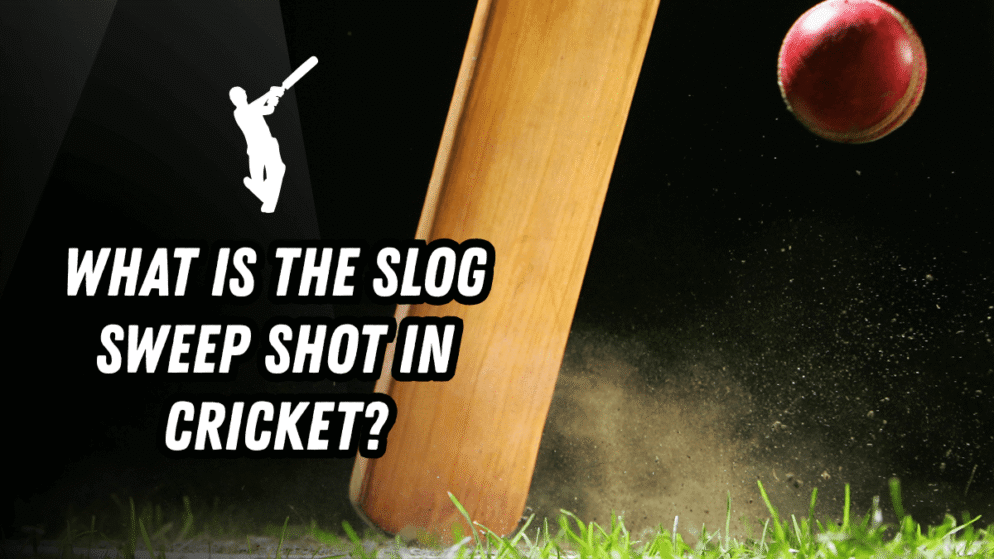

Five decades ago, cricket was slow, technically sound and a lot more skillful. But when the sport introduced limited overs cricket, it meant that batters now had to score faster. Gradually, power hitting rose at the end of the 2000s. The shot making abilities took a turn for better as batters are now capable of hitting shots all around the ground. This led to the ‘slog’ as being a modern day weapon in the batters’ artillery.
Slogging is an unorthodox technique with the only objective of the batter being to hit the ball for a boundary. Of the many conventional shots played in cricket, one is called the sweep shot. It is played against spinners or against slow-medium pace bowlers on a damp pitch. The goal is to direct the ball from a higher position to a lower one and sweep the ball towards the leg side. A slog sweep is a contrasting variant of this technique. Instead of focusing the ball as a ground shot, the slog sweep sees the batter lift the ball from a low to high trajectory. The slog sweep is a lofted shot that batters hit when the ball is pitched at a fuller length. The batters take a forward stride before hitting the slog sweep which is usually directed between the square leg and mid-wicket area. This shot was developed by Hanif Mohammed and Mushtaq Mohammed in the 1970s. However, it was Dermot Reeve who popularized this shot in the 1980s.
T20 cricket sees bowlers frequently experiment with their line, length, and pace. Slower deliveries often surprise the batter, leading to their dismissal owing to a mistimed shot. Moreover, a slower ball requires the batter to use their own brute force to power the ball to the boundary. Given the fact that the slog sweep is easier to hit and gives ample time to the batter to position themselves, it is an effective counter against slower balls.
The slog sweep is no longer a surprising shot when witnessed. Based on the field positions, a skillful batter can put the ball to any area on the leg-side field. While the shot also puts the batter at a risk of getting dismissed leg before wicket, the versatility of this shot allows the batter to risk playing the shot nonetheless.








